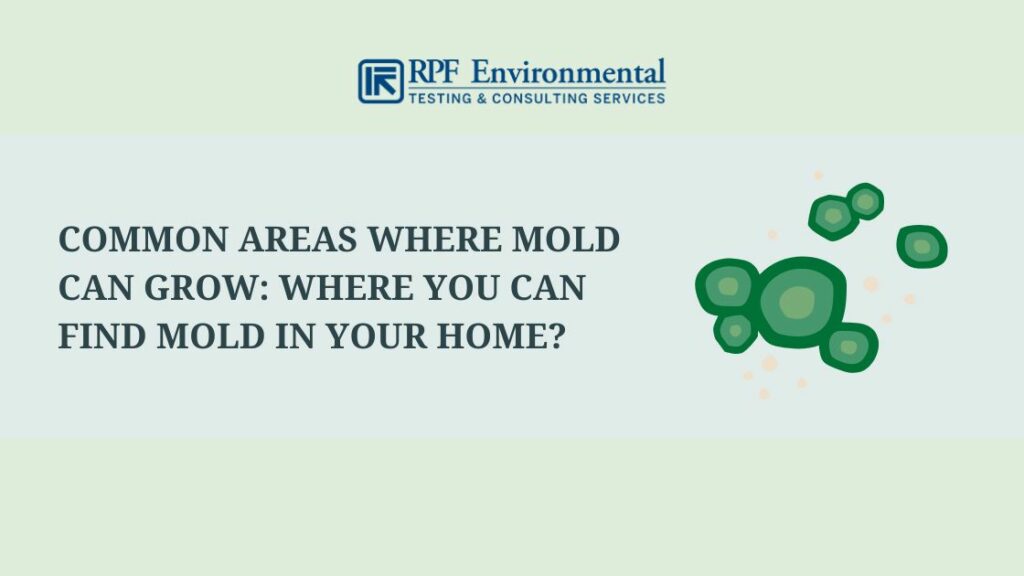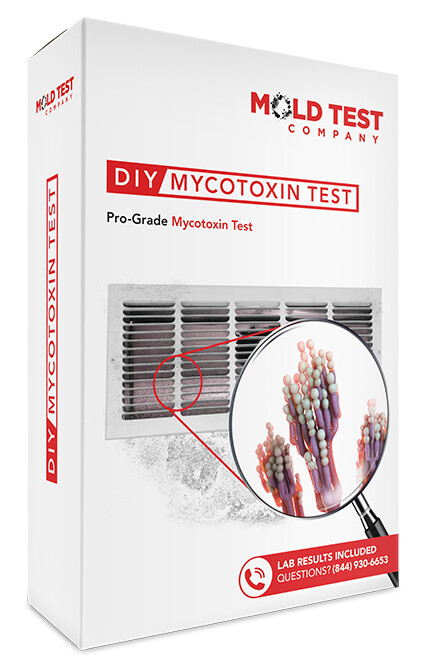Improve Your Security Protocols with Professional Mycotoxin testing Services
Improve Your Security Protocols with Professional Mycotoxin testing Services
Blog Article
Ensuring Compliance With Rules: the Role of Mycotoxin Evaluating in Quality Assurance
Guaranteeing compliance with rigorous policies is paramount for preserving food safety, and the role of mycotoxin testing in top quality control can not be overstated. Mycotoxins, hazardous compounds generated by certain mold and mildews, posture substantial wellness threats, making their discovery vital in food production. Adherence to regulatory requirements, such as those established by the FDA and EU, needs durable testing techniques and technologies to recognize and evaluate these contaminants. By implementing detailed testing methods, firms can prevent potential wellness situations, stay clear of expensive recalls, and preserve consumer count on. However, the intricacies of these screening procedures elevate vital inquiries about their effectiveness and efficiency.
Understanding Mycotoxins
Understanding mycotoxins is fundamental to guaranteeing the high quality and security of farming items. Mycotoxins are poisonous secondary metabolites created by particular species of fungis, frequently located in foods such as grains, flavors, and nuts. These substances can emerge at different phases of the food production procedure, from pre-harvest to storage space, and posture significant health dangers to both human beings and pets (Mycotoxin testing Services). The most infamous mycotoxins consist of aflatoxins, fumonisins, trichothecenes, and ochratoxins, each linked with particular ecological problems and fungal types.
The existence of mycotoxins in food can lead to intense and chronic health issues, consisting of liver damage, immune reductions, and carcinogenic results. Consequently, their discovery and quantification are important parts of high quality control in agricultural and food industries. The complexity of mycotoxin contamination necessitates a diverse approach, utilizing sophisticated logical strategies such as liquid chromatography, mass spectrometry, and enzyme-linked immunosorbent assays (ELISA) By recognizing the sources, types, and impacts of mycotoxins, stakeholders in the agricultural field can better execute preventative actions and reduce threats, guaranteeing much safer usage for end-users. This understanding forms the bedrock whereupon reliable mycotoxin administration methods are constructed.
Regulative Specifications for Mycotoxins
Having established a fundamental understanding of mycotoxins and their effect on food security, it is critical to review the regulatory requirements regulating their presence in agricultural products. Governing standards for mycotoxins are necessary because they specify allowable limitations, ensuring food safety and shielding public wellness. Numerous international and national agencies have actually established these limitations based on detailed danger evaluations.
The Codex Alimentarius Compensation, a worldwide body established by the FAO and WHO, provides guidelines and optimum allowed degrees for various mycotoxins in food and feed. For circumstances, the Codex has actually established restrictions for aflatoxins in peanuts, maize, and dried figs, among other products. These criteria are usually adopted or adjusted by individual nations to fit their details demands.
In the European Union, Guideline (EC) No 1881/2006 stipulates maximum degrees for a number of mycotoxins, such as aflatoxins, ochratoxin A, and deoxynivalenol, in various foodstuff. The United State Food and Drug Management (FDA) has established activity levels for mycotoxins like aflatoxins in products such as nuts and grains.
Adherence to these governing requirements is essential for maintaining market accessibility, consumer trust fund, and public health and wellness. Non-compliance can lead to substantial economic losses and wellness dangers, underscoring the importance of rigid mycotoxin testing protocols.
Checking Techniques and Technologies

ELISA is extensively valued for its quick and economical testing abilities, making it suitable for high-throughput atmospheres. It depends on antibodies to spot specific mycotoxins, giving cause a fairly short time frame. Nevertheless, its sensitivity may be limited compared to a lot more innovative methods.
HPLC, on the other hand, stands out in providing measurable analysis with high precision and precision. It divides complex combinations right into individual elements, making it very efficient for recognizing and measuring numerous mycotoxins all at once - Mycotoxin testing Services. This method, while extra resource-intensive and lengthy than ELISA, supplies a higher degree of integrity

LC-MS stands for the pinnacle of analytical specificity and sensitivity. Integrating the separation power of liquid chromatography with the discovery capabilities of mass spectrometry, LC-MS can find even trace levels of mycotoxins. This technique is essential for confirming the existence of mycotoxins in governing and forensic contexts, making sure conformity with rigid security requirements.
Carrying Out Checking Procedures

Integrating these innovative testing techniques right into an extensive high quality control structure necessitates a well-structured strategy to executing screening protocols. To attain this, organizations have to first carry out a detailed risk evaluation to determine possible mycotoxin contamination factors within the supply chain. This analysis educates the growth of a tailored testing strategy that resolves details vulnerabilities.
Next, establishing standardized sampling procedures is critical. Consistent tasting ensures that test outcomes are trustworthy and agent of the whole batch (Mycotoxin testing Services). Abiding by guidelines from regulatory bodies, such as the FDA or EFSA, directory helps maintain compliance and enhances the trustworthiness of the screening process
Training employees is one more crucial element. Team must excel in both example collection and the procedure of screening tools. Normal training sessions and accreditation programs can make sure that employee stay upgraded with the most up to date strategies and regulatory changes.
Advantages of Mycotoxin Checking
Mycotoxin testing offers numerous advantages that dramatically boost the security and top quality of food and feed items. Primarily, it functions as an important control procedure to stop contaminated products from getting to the customer market, consequently securing public health. By recognizing and measuring mycotoxins such as ochratoxins, fumonisins, and aflatoxins, manufacturers can make sure that their products satisfy stringent governing requirements, thus staying clear of potential lawful repercussions and connected costs.
Furthermore, mycotoxin screening adds to the financial practicality of food and feed industries by lessening the risk of massive item remembers. The capability to separate and his response detect polluted sets early in the production process lowers waste and avoids the economic losses connected with damaged brand name online reputation. It cultivates consumer count on and loyalty, as clients are progressively conscious of food security problems and need higher high quality criteria.
The application of routine mycotoxin screening additionally advertises best methods within farming and production fields. By sticking to rigorous screening methods, companies can optimize their quality assurance processes, enhance operational efficiency, and guarantee the regular manufacturing of secure, premium products. To conclude, the benefits of mycotoxin screening are diverse, contributing to public health and wellness, economic security, and sector stability.
Verdict
Mycotoxin screening is important in guaranteeing conformity with regulatory requirements, therefore maintaining food security and high quality control. Hence, mycotoxin testing stays an essential element of modern-day food safety administration systems.
Making certain compliance with strict guidelines is paramount for maintaining food security, and the function of mycotoxin screening in top quality control can not be overemphasized.In the realm of mycotoxin testing, advanced techniques and innovations are pivotal in guaranteeing food security and regulative conformity.Mycotoxin screening supplies countless advantages see page that considerably improve the security and high quality of food and feed items.Mycotoxin screening is critical in guaranteeing compliance with regulative criteria, therefore maintaining food safety and security and quality control. Hence, mycotoxin testing stays an important element of contemporary food safety and security monitoring systems.
Report this page